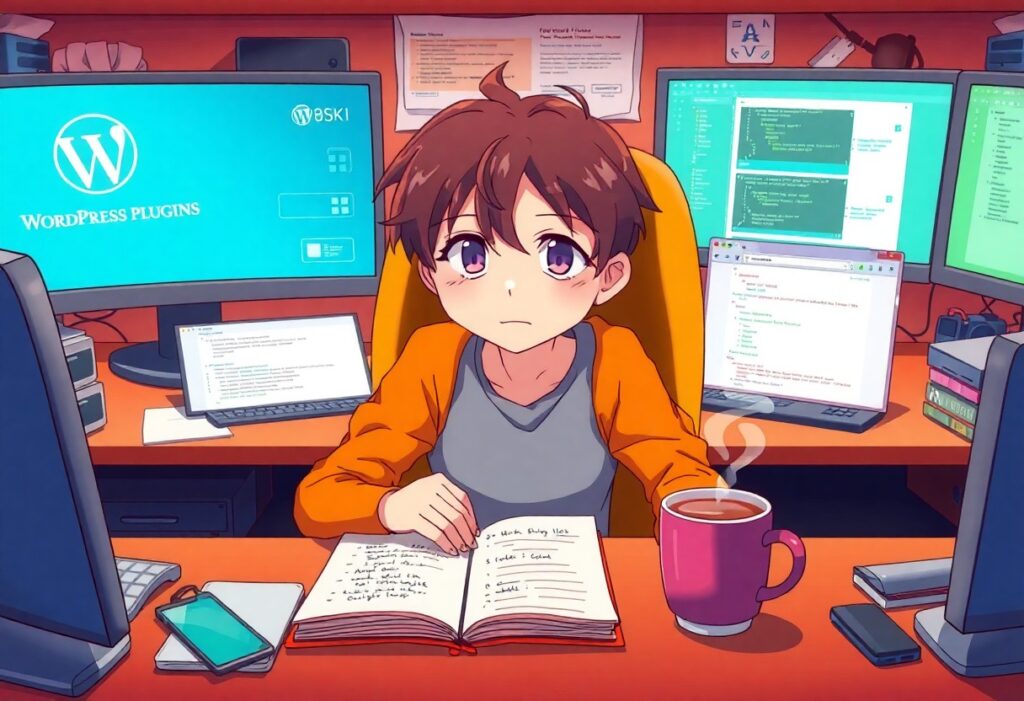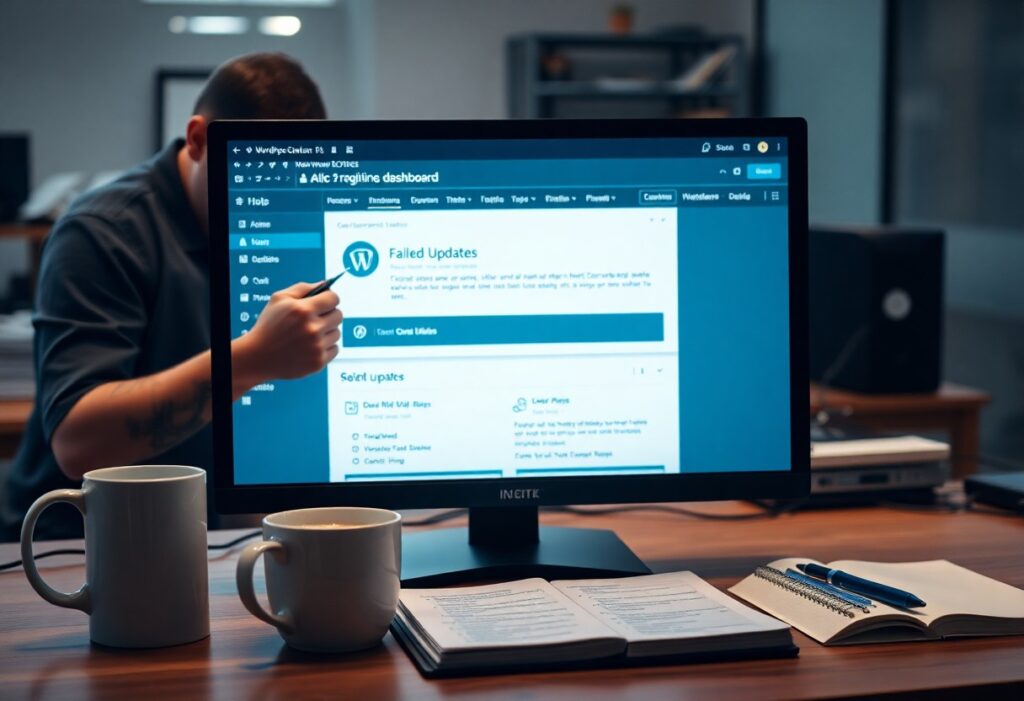Over the years, WordPress has grown into one of the most popular content management systems, largely due to its flexibility and extensive plugin infrastructure. However, as you increase the number of plugins on your site, conflicts can arise, leading to performance issues, security vulnerabilities, or complete site crashes. Understanding how to identify, troubleshoot, and resolve plugin conflicts is necessary for maintaining a healthy WordPress site. This guide will help you navigate through the process step by step.
The first step in addressing plugin conflicts is to identify the symptoms. You may notice a range of issues including slower site performance, unresponsive features, or even a blank screen. Pinpointing when these symptoms began can be helpful. Ask yourself if you installed or updated any plugins recently. If so, this could be the root of the issue.
Once you believe you might have a plugin conflict, your next move is to enter the WordPress admin dashboard and go to the “Plugins” section. Here, you can manage your installed plugins. Start by deactivating all plugins to see if the issues persist when the plugins are disabled. If the problems disappear, the issue likely originates from one or more plugins. Proceed to activate them one at a time and check your site’s functionality after each activation. This method helps you zero in on the conflicting plugin.
If you find that a specific plugin is causing issues, consider alternatives. There are often multiple plugins that serve similar functions. Search the WordPress plugin repository for alternatives that have good reviews and are actively maintained. Replacing a problematic plugin can save you time and is sometimes more effective than trying to fix the conflict.
Another useful method to investigate conflicts involves enabling the “Debugging” feature in WordPress. You can do this by modifying your `wp-config.php` file. Add the line `define( ‘WP_DEBUG’, true );` which will allow you to see error messages that may point you in the direction of the cause of the issue. Once you finish troubleshooting, be sure to turn debugging off to prevent displaying errors to your visitors.
Keeping your plugins up to date is a preventive measure against future conflicts. Developers release updates not just to provide new features, but also to fix bugs and security vulnerabilities. Regularly check for updates in the WordPress admin dashboard to ensure that you are using the most stable versions of your plugins.
Lastly, consider implementing a staging environment. This is a clone of your website where you can test updates, new plugins, or custom code without risking the live site. If the changes work seamlessly in the staging environment, you can then deploy them to your live site with confidence.
By actively monitoring your plugins, engaging in regular maintenance, and utilizing appropriate troubleshooting steps, you can avoid or quickly resolve conflicts. Your WordPress site thrives on plugins, and understanding how they interact will go a long way in maintaining both functionality and user experience.
Need expert help managing your WordPress site?
If "In-Depth How-To – Understanding WP Critical Plugin Conflicts" was useful, imagine your site with expert care — speed, security, uptime, and updates handled for you.




